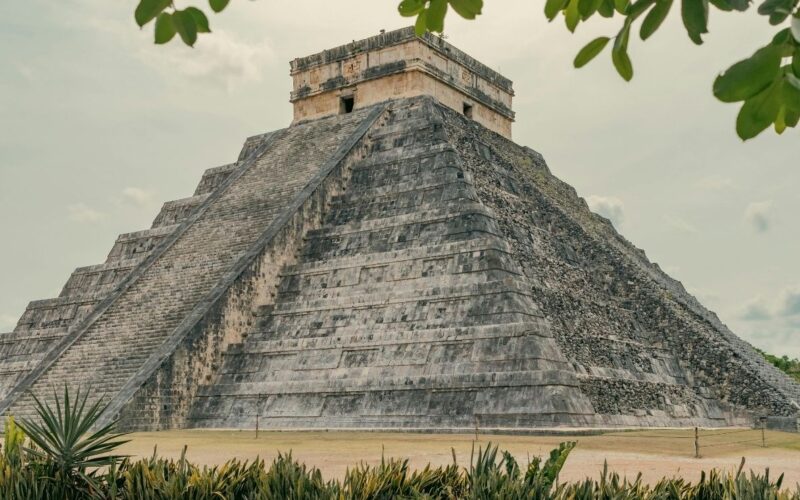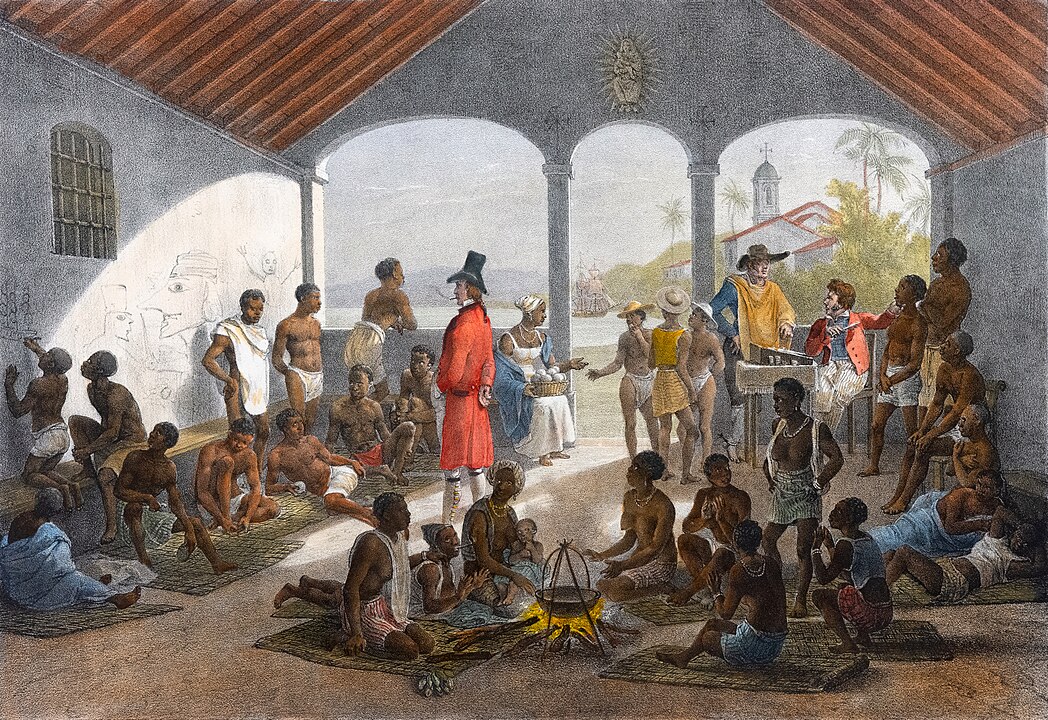Ancient myths were once thought to be wild stories told around fires. But as science and archaeology have advanced, some of those old tales seem less far-fetched. From flying machines to natural disasters, pieces of truth often hide behind the legends. These ten ancient myths may not be pure fiction after all. What once sounded impossible might have started with something very real.
1. Atlantis
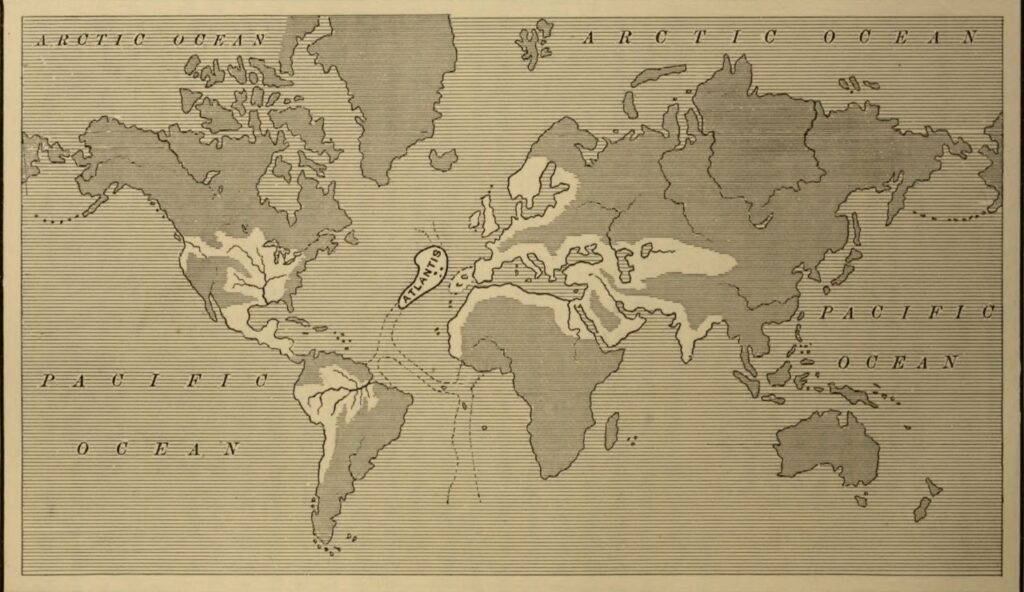
Plato’s tale of Atlantis described a powerful island city that sank into the sea. While no one has found it, the idea may stem from memories of ancient cities destroyed by earthquakes or tsunamis. Places like Thera, a volcanic island near Greece, were wiped out in ways that match the descriptions. These real disasters could have been retold until they became a myth.
2. Dragons
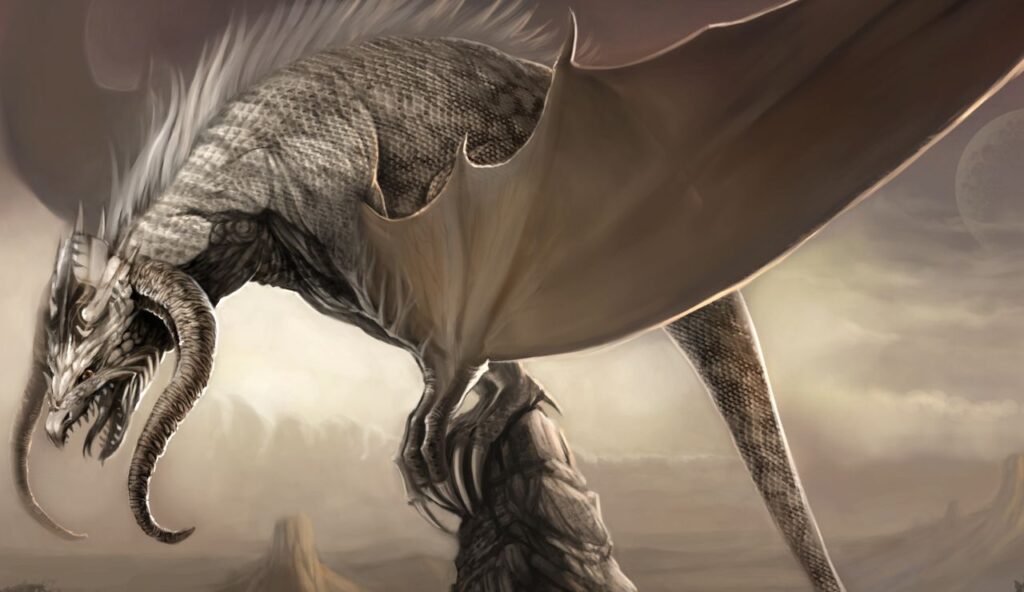
Cultures around the world have dragon stories, even those that never interacted. Some historians think early humans found dinosaur fossils and tried to imagine the creature’s form. Others believe large reptiles or crocodiles may have sparked the idea. Though dragons never flew through the sky breathing fire, their origins may be grounded in real bones and primal fear.
3. The Minotaur’s Maze
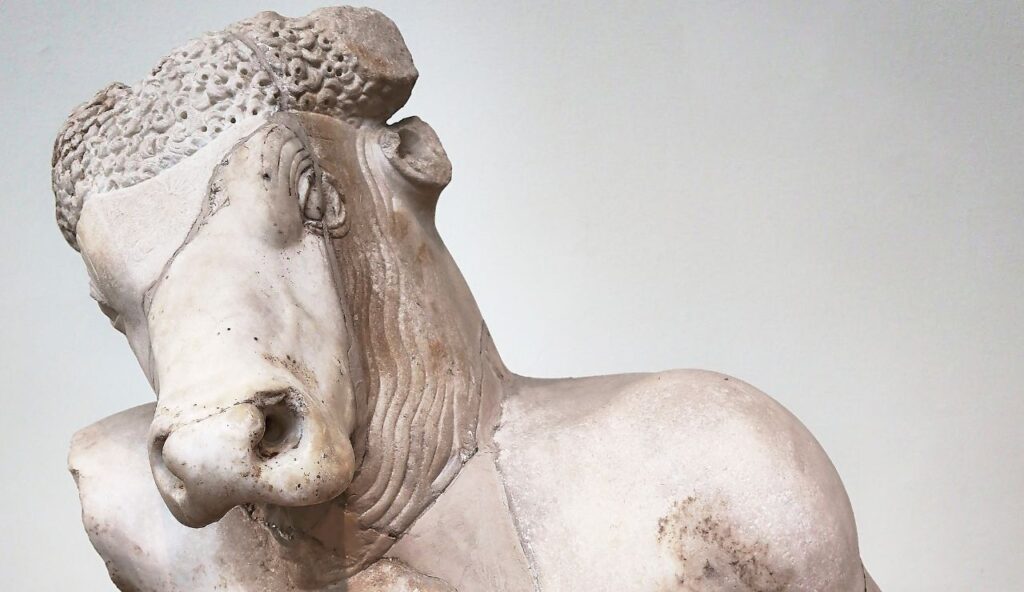
The myth of a half-man, half-bull trapped in a maze may have roots in real places. In Crete, the ruins of the Palace of Knossos have a complex layout that could feel like a labyrinth. The bull also held sacred meaning in Minoan culture. It’s possible the myth evolved from rituals or structures that later became symbols in storytelling passed down through Greek history.
4. Amazons
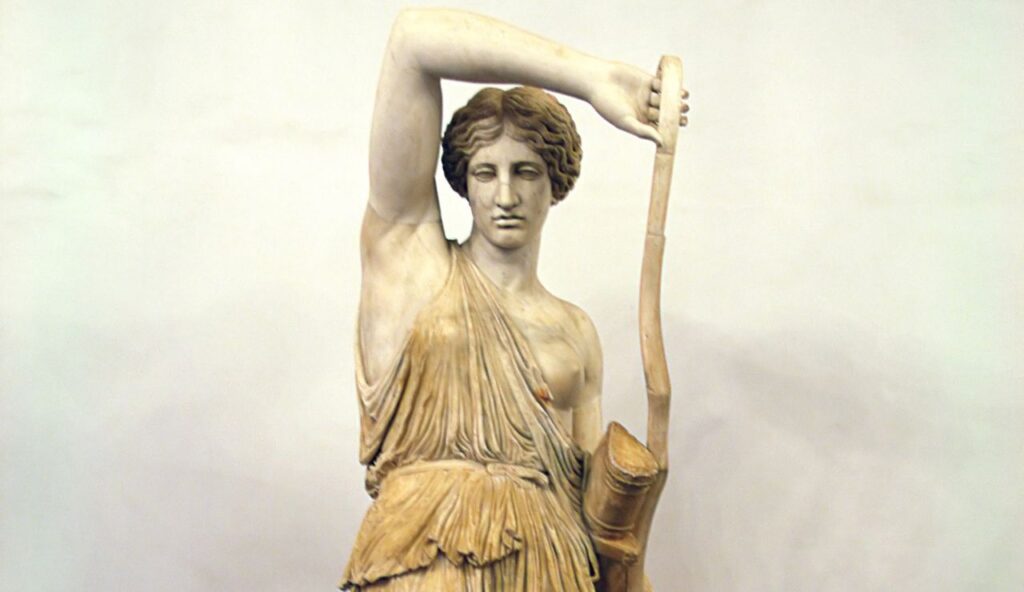
Ancient Greeks told of fierce warrior women called Amazons. For centuries, they were believed to be fantasy. But archaeological discoveries in Central Asia revealed graves of women buried with weapons, suggesting they fought alongside men. These Scythian women may have inspired the myth. The idea of female warriors might not have been a legend, but a reflection of real-life battlefields.
5. Earth Holding Giants
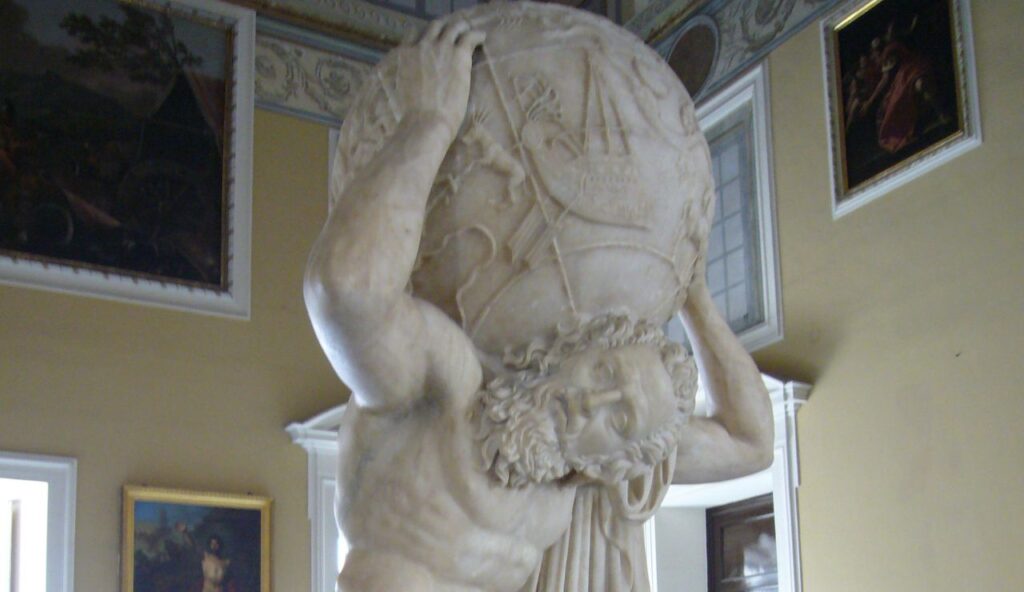
In Norse and Native American traditions, giant beings were said to shape landscapes. While these stories are symbolic, some may have been inspired by fossil discoveries. Early humans stumbling upon large bones from mammoths or prehistoric animals could imagine giants walking the land. With no science to explain fossils, myth was a natural way to fill the gaps in knowledge.
6. The Oracle At Delphi
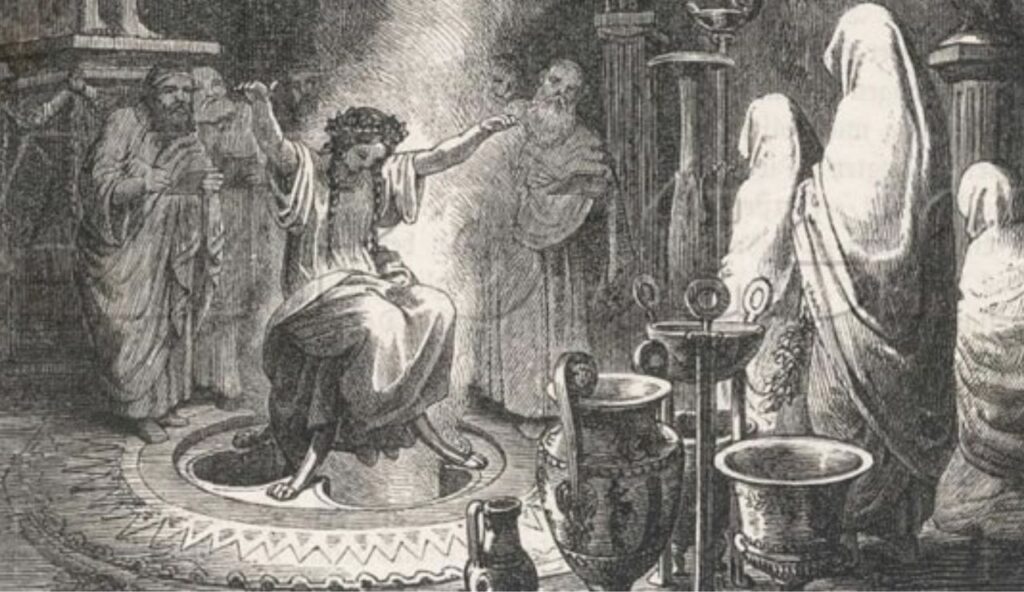
The Greeks believed the Oracle at Delphi could speak for the gods. She inhaled sacred vapors and gave cryptic answers. For a long time, people viewed it as pure fiction. But modern research found natural gas emissions near the temple site, including ethylene, which can cause trance-like states. The myth of divine prophecy may have been grounded in real geologic activity.
7. City Of Troy

For years, scholars thought the city of Troy was just part of Homer’s imagination. That changed in the 1800s when ruins were discovered in modern-day Turkey. While the exact details of the Trojan War are still debated, the city itself was real. Layers of destruction suggest conflict. A tale once considered complete fiction turned out to have a historical foundation.
8. Chariots Of The Sun
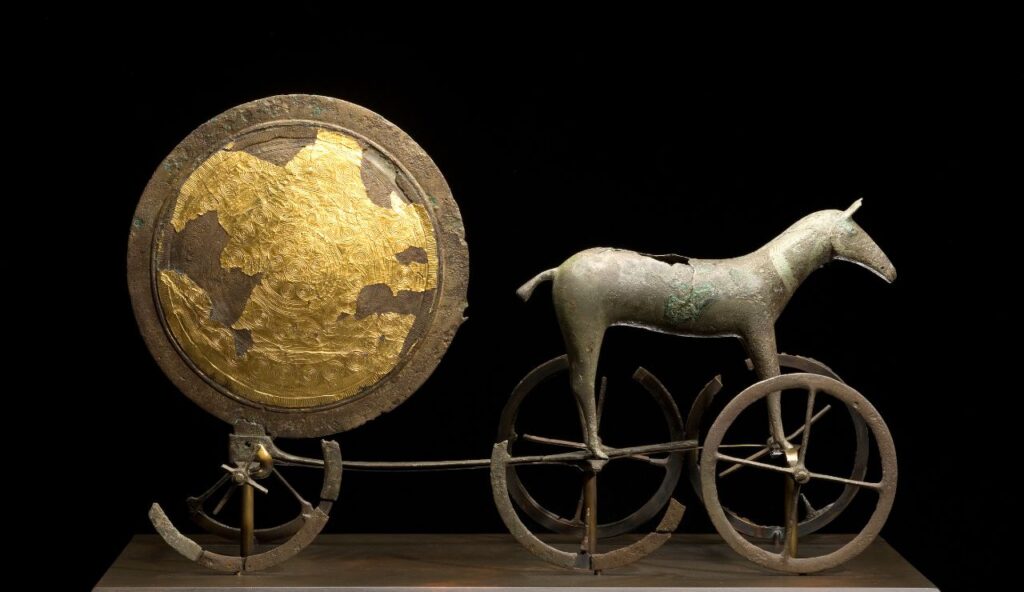
Many ancient cultures described gods riding across the sky in fiery chariots. While symbolic, these stories may hint at real observations of comets or meteor trails. Bright objects streaking through the sky could appear as flaming vehicles to early sky-watchers. Over time, these sightings were given meaning through mythology, turning unexplained lights into powerful symbols.
9. The Phoenix

The myth of a bird that bursts into flames and rises again appears in Egyptian, Greek, and Chinese stories. While no such creature exists, it may have been inspired by birds that migrate or molt dramatically. Some also link the tale to volcanic landscapes where life seemed to return after fire. The phoenix could represent cycles of destruction and rebirth observed in nature.
10. Stone Circles And Star Maps
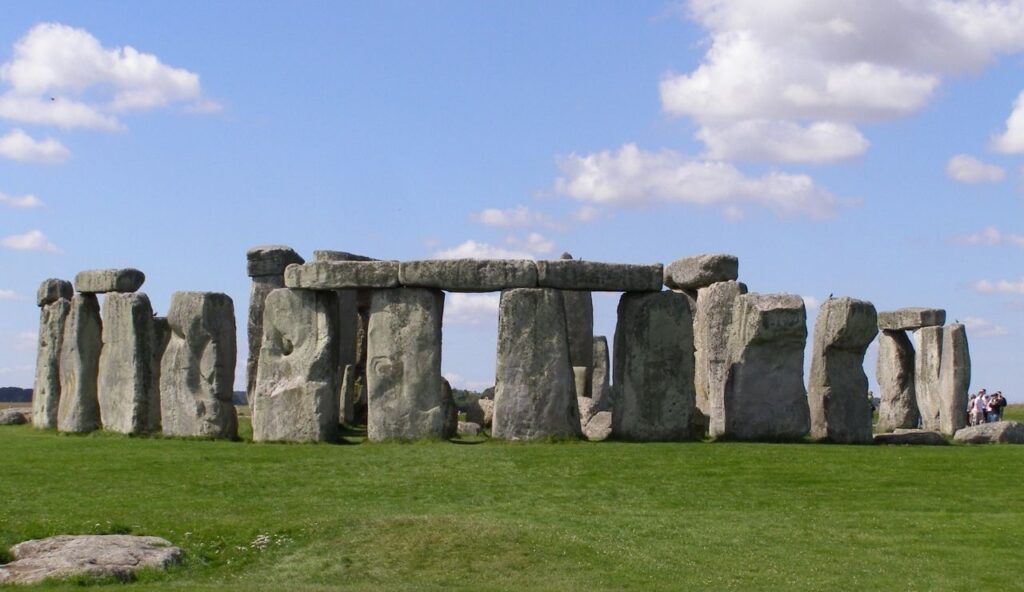
Legends often claimed that ancient stone circles were built by gods or giants. While these structures, like Stonehenge, seemed impossible to construct without modern tools, we now know early humans had the skill and teamwork to do it. Some were even aligned with the stars. These myths may reflect ancient efforts to explain how people connected sky and earth with incredible accuracy.
